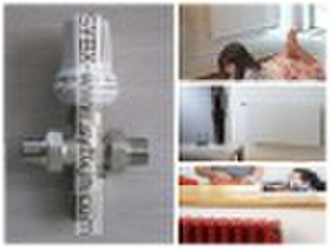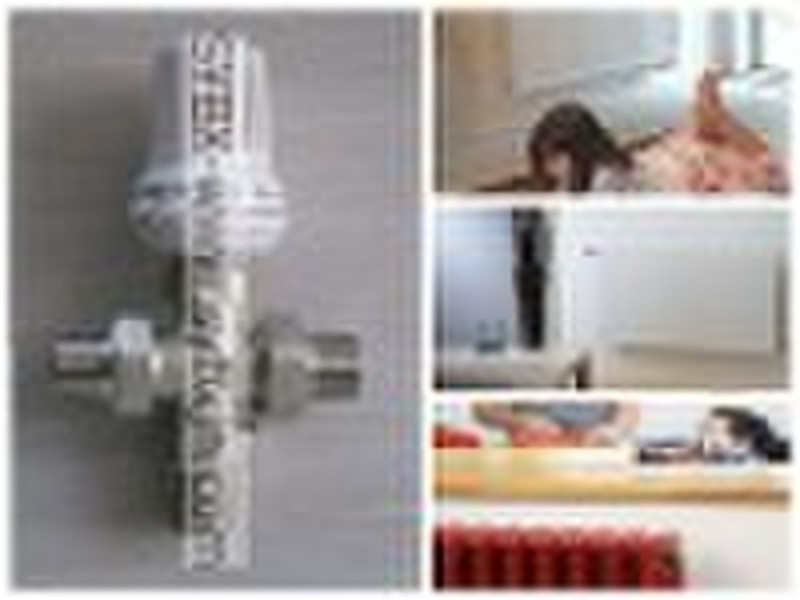Каталог
-
Каталог
- Автомобили и мотоциклы
- Безопасность и защита
- Бизнес
- Бытовая техника
- Бытовая электроника
- Детали машин и услуги по их изготовлению
- Дом и Сад
- Здоровье и медицина
- Игрушки и хобби
- Изделия из металла
- Измерительные и анализирующие приборы и инструменты
- Инструмент
- Красота и личная гигиена
- Мебель
- Мероприятия по охране окружающей среды
- Минералы и металлургия
- Модные аксессуары
- Обувь и аксессуары
- Одежда
- Освещение
- Подарки, сувениры
- Продовольственные товары и напитки
- Промышленное оборудование и техника
- Резина и пластмассы
- Сельское хозяйство
- Специальное оборудование
- Спорт, отдых и досуг
- Сток
- Строительство и недвижимость
- Текстиль и кожа
- Телекоммуникации
- Товары для офиса, учебы. Канцтовары
- Транспорт
- Упаковка и печать
- Химикаты
- Часы, Украшения, Очки
- Чемоданы, сумки
- Электронные компоненты, оборудование, принадлежности
- Электротехническое оборудование и принадлежности
- Энергия
Filters
Search
2011 термостатический клапан радиатора
ориг. цена: 15,00 USD
Шэньян, Китай
Объем производства:
5000 Штука / Месяц

Bob Liu
Контактное лицо
Основные данные
| Место происхождения | Liaoning China (Mainland) |
|---|---|
| Бренд | SYBX |
| Номер Модели | BXHW-20-S-3 |
| Тип | Система отопления, вентиляции и кондиционирования воздуха |
1. Technical Data a.Nominal pressure:1Mpa b.Setting mark:0-5 c.Setting range:8-28Celsius degree d.Max pressure difference:0.1Mpa e.Valve body material:Nickel plated brass f.Nominal Diameter:DN20 g.Type:BXHW-20-S-3 2 We can supply different size of TRVs including DN15 (Nominal diameter), DN20, DN25. Straight valves, angle valves, three way valves, three way cross valves are all in our product line. For customers convenience, we also provide valves with PPR connecting pipe. We can also make valves according your requirement or samples. 3.Features and Function a.Wax sensor provides consistent and reliable performance. b.Provide individual room temperature control by varying the flow of water through the radiator. c.The valve body is made of non corrosive nickel-plated brass 4.Whatre the thermostatic radiator valves? Thermostatic radiator valves (TRVs) sense the air temperature around them. They work by regulating the flow of water through the radiator which they are fitted to. However, it is important to remember that they do not control the boiler. TRVs are beneficial in providing much more focused control within a room. Therefore, you can set each TRV to a temperature best suited to each room. This is greatly beneficial in saving energy, as it offers the user the flexibility to have varying temperatures in separate parts of the home, rather than wasting energy heating a room that may not be occupied. They are provided with a regulating element which automatically controls the opening of the valve to keep ambient temperature of the room where they are installed constant at the set value. The number on the valve corresponds to a specific air temperature. Once you have selected a number, the thermostatic valve will maintain this temperature. This prevents unwanted temperature rises and achieves considerable savings. 5.Precaution for Use: a.TRVs sense the air temperature around them and regulate the flow of water through the radiator which they are fitted to. They do not control the boiler. b.These settings may have to be different in each room, and you should set the TRV s to suit each room and then leave them to do their job. c.Turning a TRV to a higher setting will not make the room heat up any faster. How quickly the room heats up depends on the boiler size and setting, and the radiator size. Turning a TRV to a lower setting will result in the room being controlled at a lower temperature, and saves energy d.TRVs need a free flow of air to sense the temperature, so they need a free flow of air to sense the temperature. They should not be covered by curtains or blocked by furniture. Nearby sources of heat such as lamps could also stop them from working properly. e.In Summer, ensure you leave all your TRV valves in the FULLY OPEN position, that is, at the highest number, to avoid sticking in the closed position, when you will need them open in WINTER! Since your ROOM THERMOSTAT will be set lower than the ambient temperature, this will NOT be a problem in the hot summer weather.f.If fitting new TRVs, dont throw away the plastic caps that come with them, put them in a safe place. Unless your valves come with an OFF position, you will need those to screw on to the valve, to force it into the OFF position, if removing the radiator (the thermostatic part is held on with a screwed collar, and will need to be removed to fit the plastic shut-off cap on the valve, in its place). You may otherwise find that the minimum, or FROST position does not completely stop the water flow.6.How does it work? Thermostatic radiator valves(TRVs) contain-as the name suggests-a valve that determines the hot water flow into your radiator. Usually a wax plug linked to the valve expands or contracts according to changes in room temperature and controls the valve via a connecting pin. We dont suggest use radiator covers which will decrease the heating emission effect and waste energy.7.Installation Precautiona.All radiator and pipe work must be flushed thoroughly to prevent problems caused by weld beads, dirt or rust in the system.b.When converting old heating systems, a pipe line strainer is recommended. c.The radiator valve is installed in the supply pipe to the radiator with the flow in the direction of the arrow. d.Do not install the thermostatic operator until all building and decorating working has been completed. e.The radiator valve should be installed so that the valve spindle is in a horizontal position to ensure good circulation of ambient air around the thermostatic operator. f.Circulation of air around the thermostatic head is not hindered. g.The thermostatic head with built-in sensor may not be mounted vertically. h.The thermostatic head with built-in sensor may not be covered by curtains. 8.Optimum application to help you save on energy Investing in the correct heating controls not only has the advantage of saving on energy, but also making the home a much more comfortable and user-friendly place to live in. More people should become aware of the fact that turning down our thermostat just one degree will save us as much as 10% on the average hating bill. You should note that turning a TRV to a higher setting will not make the room heat up any faster. How quickly the room heats up will be largely dependent on a number of factors such as the boiler size and setting, and the radiator size. If you turn the TRV to a lower setting, it will result in the room being controlled at a lower temperature and you will save on energy. It is important to note that your TRV should not be covered by clothing or blocked by furniture. This is due to the fact that they need free flow of air to sense the temperature in order for them to work properly. 9.History of Thermostatic Radiator Valves Many years ago the first ideas for heating controls saw the light of day, but it was not until 1943 ,the first radiator thermostat that the development of TRVs became serious. However, from the first invention to mass production to the European market it took almost 15 years, and it was not until 1973 when the first oil crisis hit the world that the installation of TRVs really took speed. Today TRVs have a wide market distribution and acceptance worldwide as an energy efficient and competitive technology. In spite of this there is still a huge potential for further implementation of TRVs as replacement of old manual valves to benefit the environment and reduce the energy costs for people around the world. Shenyang Beixin Energy Saving Equipment Co.,Ltd Contact:Mr.Bob Liu Mobile:86-13898845136
Условия поставки и упаковка
Packaging Detail: Strong and export paper carton Delivery Detail: 5-45after received deposit
Порт: Dalian
Условия оплаты
Электронный перевод
Вестерн Юнион
-
Способы оплаты
Для оплаты товаров и услуг на нашем портале, Вы всегда получаете счет, в котором Вам необходимо самостоятельно указать свои данные.
Мы принимаем к оплате:









